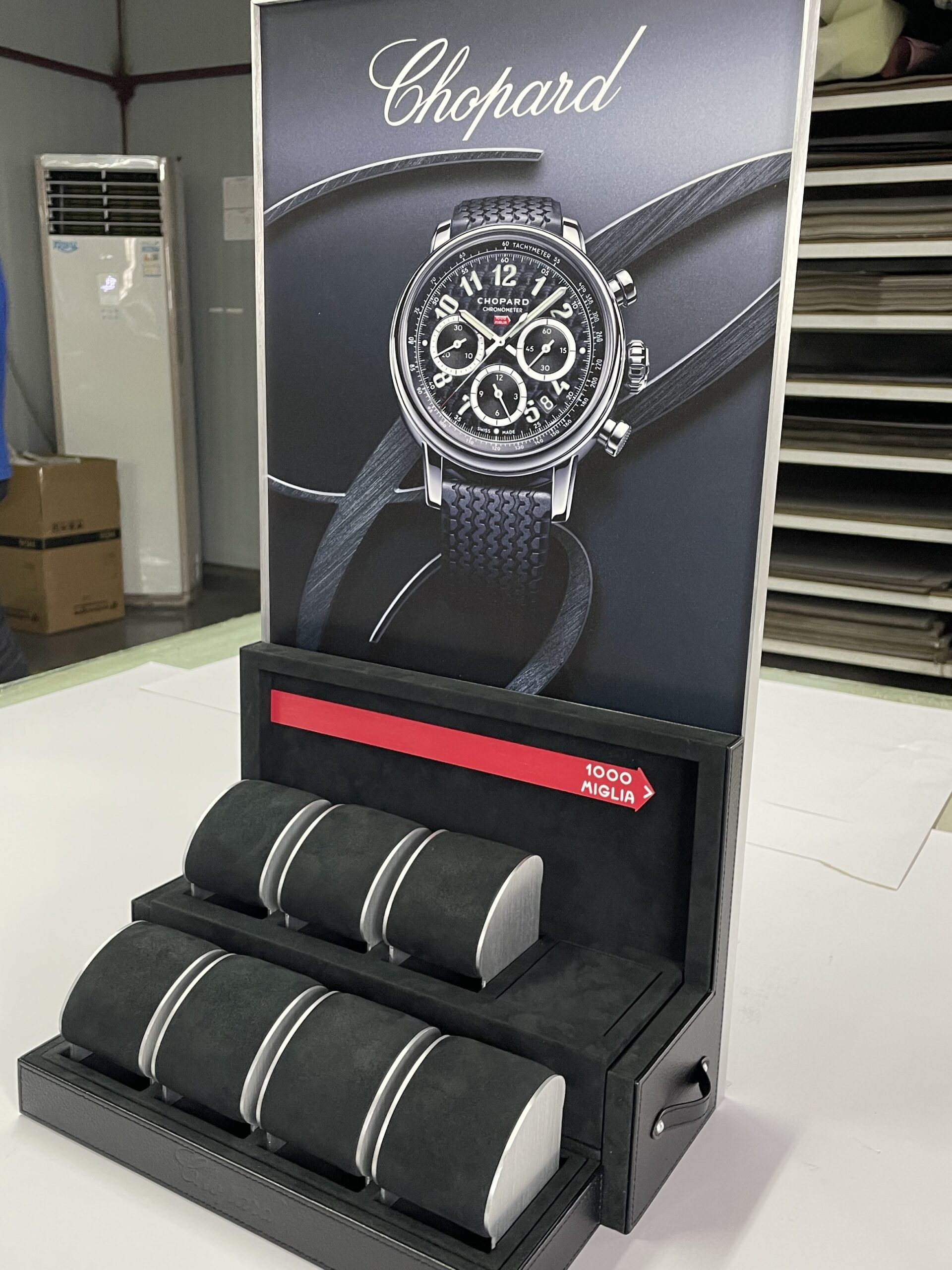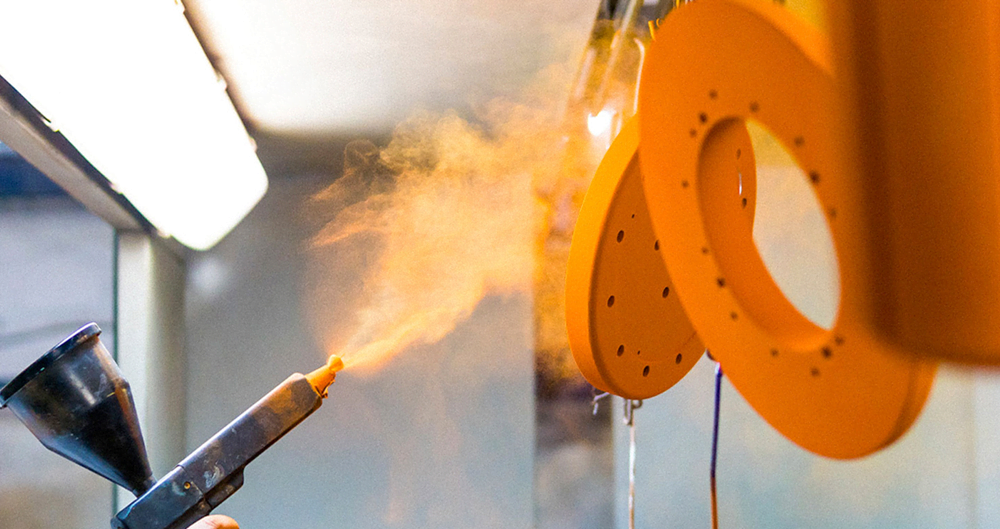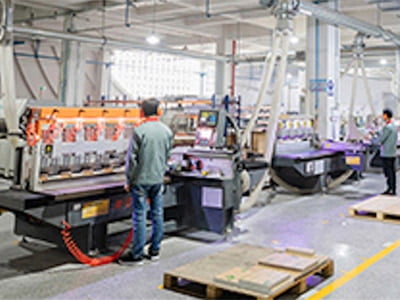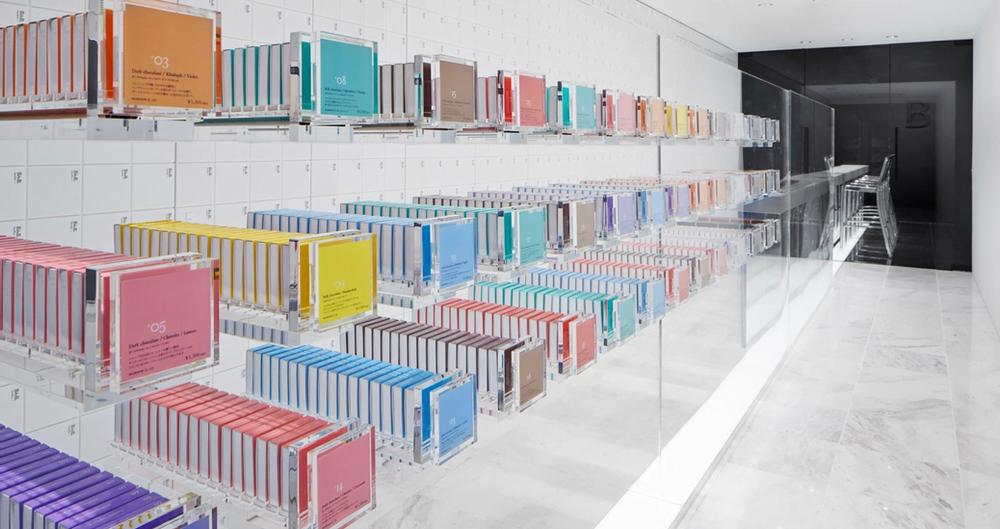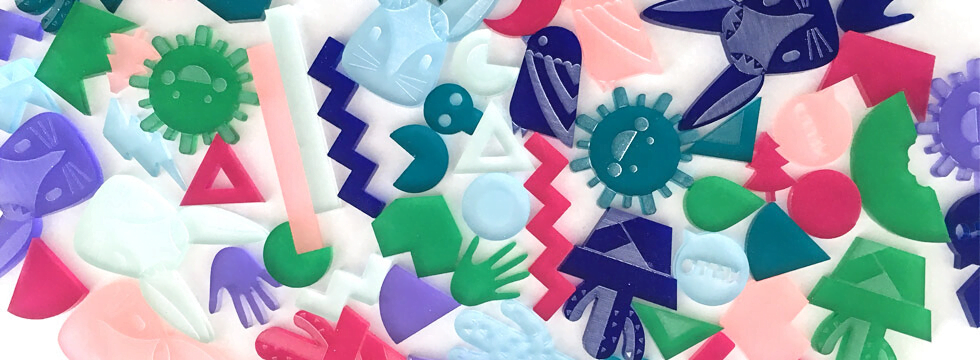Understanding Mold Ownership and Intellectual Property in POP Display Manufacturing
By Yan Luo | Samtop Display
Table of Contents
Mold ownership in POP display manufacturing is a critical factor for brands investing in custom retail displays. Whether the mold belongs to the brand or factory depends on clear agreements, directly impacting IP rights, costs, and reorder flexibility.
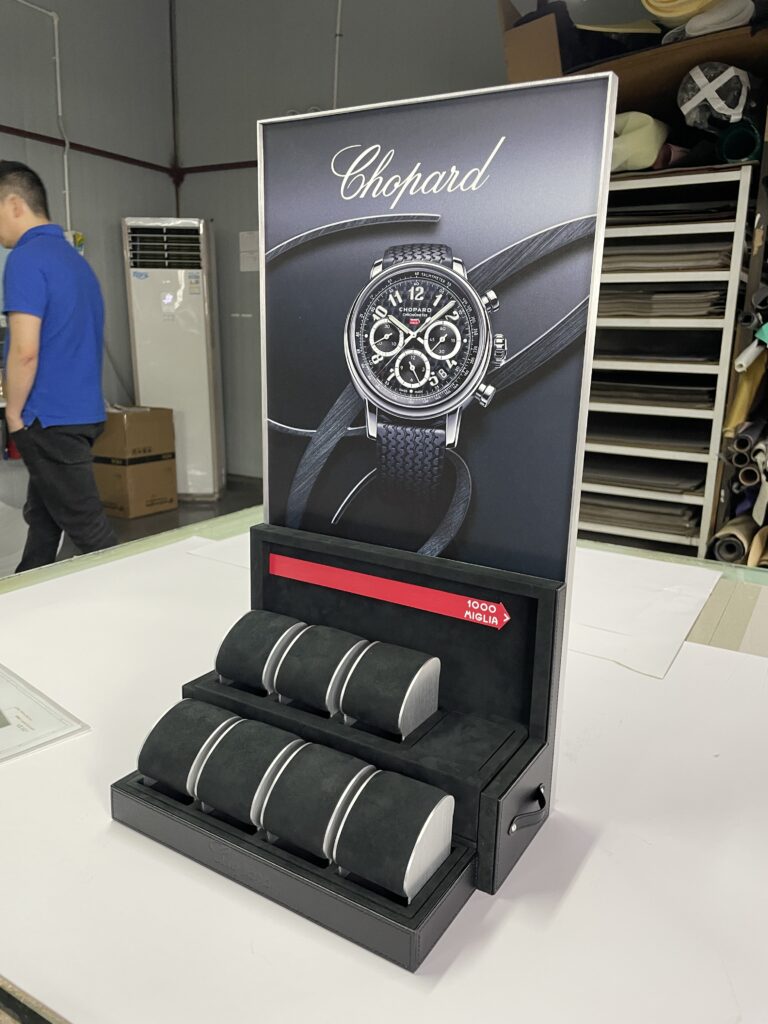
At Samtop, we help brands define mold ownership terms early in the process—ensuring alignment on cost, usage, and IP protection from day one.
You’ve invested time and resources into designing a custom POP display—but who actually owns the mold used to manufacture it?
If the mold ownership isn’t clearly outlined in your contract, it could delay future production, increase costs, or put your IP at risk.
Understanding mold ownership and securing your rights early ensures lower costs, faster reorders, and protection of your brand assets.
📊 Mold Ownership Scenarios: A Clear Breakdown
| Ownership Type | Who Pays? | Who Uses It? | Best For |
|---|---|---|---|
| Brand-Owned | Brand | Brand has exclusive rights | Custom designs, high-volume use |
| Factory-Owned | Factory (or partial) | Factory controls use | Budget builds, shared molds |
| Joint Ownership | Cost shared | Shared by both parties | Collaborative design partnerships |
🧩 Why Mold Ownership in POP Displays Matters
- 🔐 Intellectual Property Control: Custom logos, shapes, or functional designs may qualify as proprietary.
- 💸 Cost Efficiency: Owning the mold avoids future tooling fees for reorders.
- 📦 Supply Chain Freedom: Brands can switch suppliers more easily if they hold the mold.
🧪 Understanding Each Ownership Model
1. 💼 Brand-Owned Molds
When a brand pays 100% of the mold fee, ownership typically stays with them. This is common in long-term campaigns or high-volume orders.
Advantages:
- Full IP control
- No repeat tooling costs
- Ability to move molds between suppliers
Use Case: A luxury brand invests in custom perfume display molds for global rollout. They keep the molds at the factory but retain all IP rights and access for future orders.
Tip:
📝 Always state mold ownership and usage rights clearly in your purchase agreement.
2. 🏭 Manufacturer-Owned Molds
If the factory covers part or all of the mold cost, they often retain ownership.
Why It Happens:
- Lower upfront costs for the brand
- Mold reused across projects to reduce cost-per-unit
- Factory ensures exclusivity is not required
Risk: Your design might be adapted and reused for other clients.
Tip:
⚠️ Include an exclusivity clause if the design is proprietary, even if the factory owns the tooling.
3. 🤝 Joint Mold Ownership
Some brands and suppliers agree to co-invest in molds and share usage rights.
How It Works:
- Shared costs and responsibilities
- Co-managed usage rights
- May restrict independent production
When to Use:
- R&D partnerships
- Short-term pilot campaigns
- Custom molds with limited scope
Tip:
📄 Define usage terms, replication limits, and transfer rights in writing.
📃 What to Include in a Mold Ownership Agreement
| Clause | What It Should Cover |
|---|---|
| ✅ Mold Cost | Who pays? Is it refundable? Split percentage? |
| ✅ Ownership Rights | Who legally owns the mold and associated design IP? |
| ✅ Usage & Access | Can the factory reuse the mold? Can the brand take it elsewhere? |
| ✅ Storage & Maintenance | Where is the mold kept? Who maintains or insures it? |
| ✅ Termination Terms | What happens when the project ends or mold is retired? |
| ✅ Exclusivity (optional) | Can the mold/design be used for other clients or industries? |
🧠 Real-World Application
Case Study:
A global beverage company ordered 5,000 resin POP stands from Samtop. The brand paid for mold creation and kept ownership, storing it with us for future seasonal campaigns. This saved over $8,000 in re-tooling costs within 18 months.
💬 FAQ Section (Keywords: mold ownership, POP display tooling, display mold IP)
Q: Who owns the mold if the brand pays for it?
✅ Typically, the brand. Always confirm this is stated in your contract to avoid disputes later.
Q: Can I take the mold to another supplier if I own it?
✅ Yes, brand-owned molds can usually be transferred. Just ensure safe packaging and shipping arrangements.
Q: Can factories reuse my mold for other clients?
✅ Only if allowed in the contract. To protect your brand, include exclusivity clauses if the design is unique or protected.
✅ Conclusion: Own Your Mold, Own Your Flexibility
✔️ Clear mold ownership ensures cost savings, IP control, and production freedom.
✔️ Brands should negotiate ownership during the initial project phase to avoid future limitations.
✔️ Whether the mold stays with the factory or follows you across partners—owning your design gives you control.
Clear POP display mold ownership ensures IP security and flexibility. WIPO – Intellectual Property Rights
📩 Need Help with Mold Ownership or Custom Display Production?
At Samtop, we:
- Offer fully customized POP display tooling with ownership options
- Help brands protect their design IP through airtight agreements
- Ensure mold storage, reuse, and future production are hassle-free
📧 Email: [email protected]
🌍 Website: www.samtop.com
